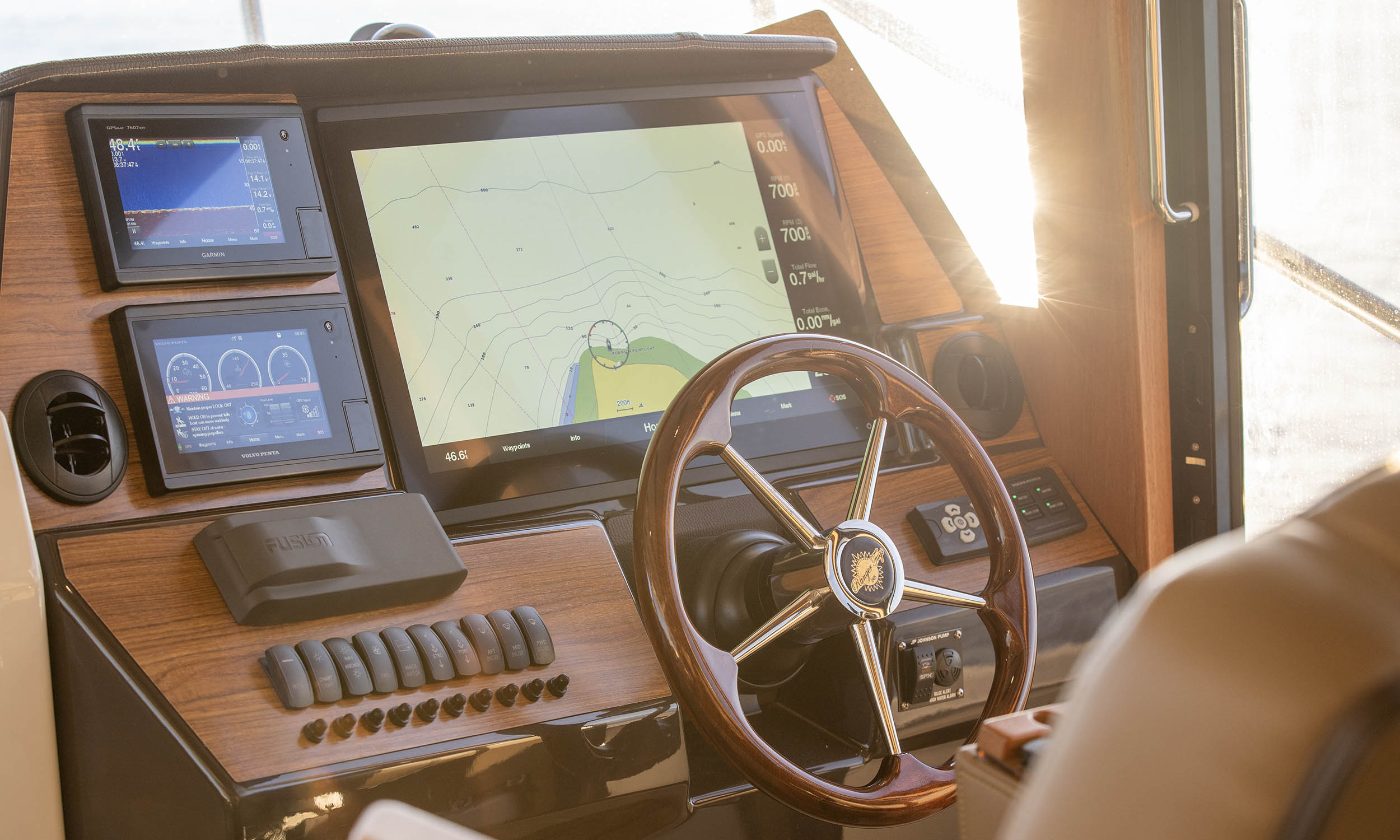Posted on
Tuesday, August 19, 2025


Boaters often come across two different ways to measure speed: miles per hour (MPH) and knots. Both are valid, and which one you use often depends on what you’re doing.
MPH is familiar and intuitive, it’s a natural fit for casual boating where precise navigation isn’t critical.
Knots, on the other hand, are built for navigation. One knot equals 1.15078 MPH, but more importantly, it equals one nautical mile per hour. When you’re plotting a course or estimating arrival times across open water, knots make the math simpler and more accurate..
Knots are tied directly to nautical miles, which align perfectly with GPS, latitude/longitude, and traditional paper charts. That’s why knots remain the go-to unit for any kind of serious navigation, regardless of whether a country uses metric or imperial units on land.
Before GPS, before radar, before you could tap a touchscreen and get your exact location, sailors relied on rope, sand, stars, and instinct. And somehow, it worked.
A nautical mile isn’t an arbitrary number — it’s based on the planet itself. One nautical mile equals one minute of latitude on a globe, about 6,076 feet (or 1,852 meters). This relationship made it a natural choice for navigation, allowing distances on charts — marked in degrees and minutes — to correspond directly with real-world travel. It’s practical. It makes sense. It fits.
The term “knot” comes from an early method of measuring speed at sea. Sailors tossed a “chip log," a piece of wood attached to a rope knotted at measured intervals, over the stern. As the log dragged through the water, they counted the knots passing through their hands before the sandglass ran out. The number of knots equaled their speed in nautical miles per hour.
Low-tech? Absolutely. But it was clever, reliable, and effective, even on a moonless ocean with nothing but wind and salt to guide you.
